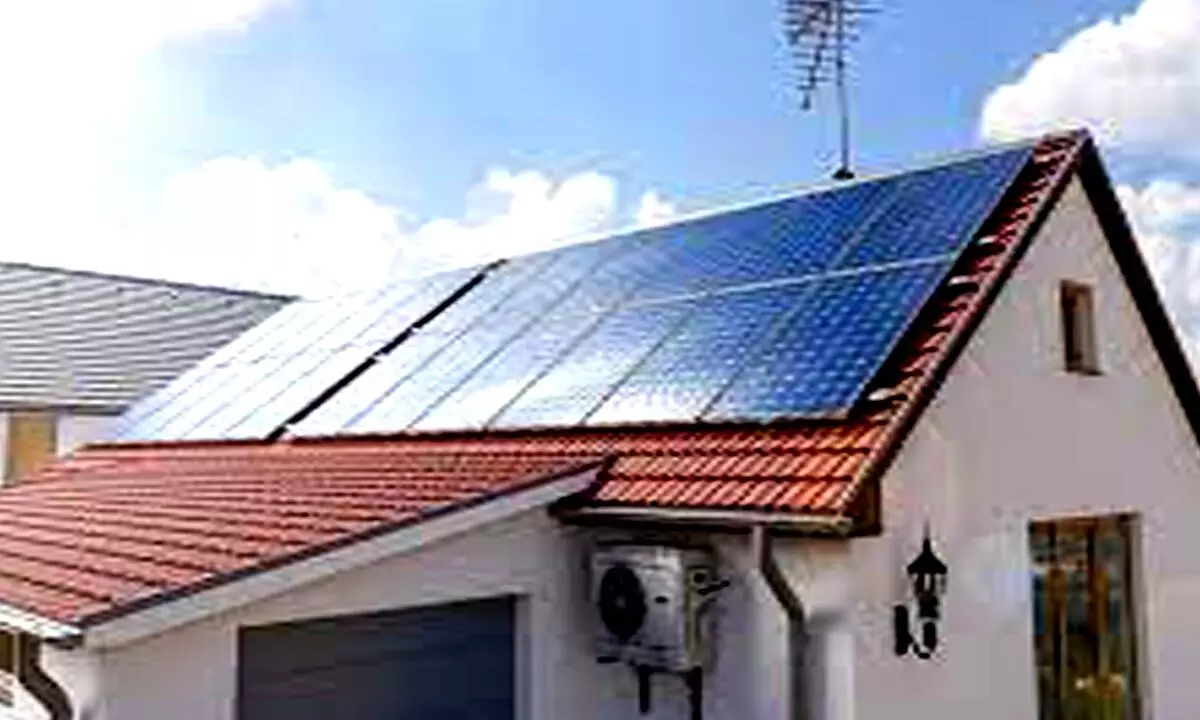NE, hilly States get more subsidies for rooftop solar
Govt enhances Central Financial Assistance (CFA) to individual households to Rs17,662 per kW for the first 3 kW from of Rs14,588
image for illustrative purpose

The central government had approved Phase-II of the grid connected RTS programme that aims to achieve a capacity of 40 GW from RTS projects by 2022
New Delhi: The central government has increased subsidy for North Eastern and hilly States under the Rooftop Solar Programme Phase-II. Currently, the Ministry of New & Renewable Energy provides Central Financial Assistance (CFA) to individual households at the rate of Rs14,588 per kW for the first 3 kW of rooftop solar (RTS) capacity and Rs7,294 per kW for beyond 3 kW up to 10 kW.
For resident welfare associations and group housing societies (RWAs and GHSs), the rate is Rs 7,294 per kW for common facilities up to 500 kWp @ 10 kWp per house.
The ministry received representations for providing higher CFA for North Eastern and hilly States. It decided to provide higher CFA for residential consumers of North Eastern States, including Sikkim, and Uttara Khand, Himachal Pradesh, Jammu & Kashmir, Ladakh, Lakshadweep, and Andaman & Nicobar Islands, official sources told Bizz Buzz.
All residential consumers of these States and Union Territories applying for the installation of RTS will now be eligible to get a higher CFA. For an individual household, it will now be Rs 17,662 per kW for the first 3 kW and for the RTS capacity beyond 3 kW and up to 10 kW, it would be Rs 8,831 per kW.
For RWAs and GHSs, it would now be Rs8,831 per kW for common facilities up to 500 kWp @ 10 kWp per house.
The government had approved Phase-II of the grid connected RTS programme that aims to achieve a capacity of 40 GW from RTS projects by 2022. The total CFA allocated to the programme was Rs11,814 crore. The sources, however, refused to divulge details about any increase in the allocation for the programme on account of a higher CFA. Till the end of November 2022, however, a total of 7.3 GW RTS capacity could be achieved.
Reasons for the tardy progress in the RTS programme include: apprehension of possible revenue loss to discoms; delays in approvals and installations of net and gross meters by discoms; lack of uniform regulations; and lack of awareness; and the Covid pandemic and the ensuing lockdowns.

